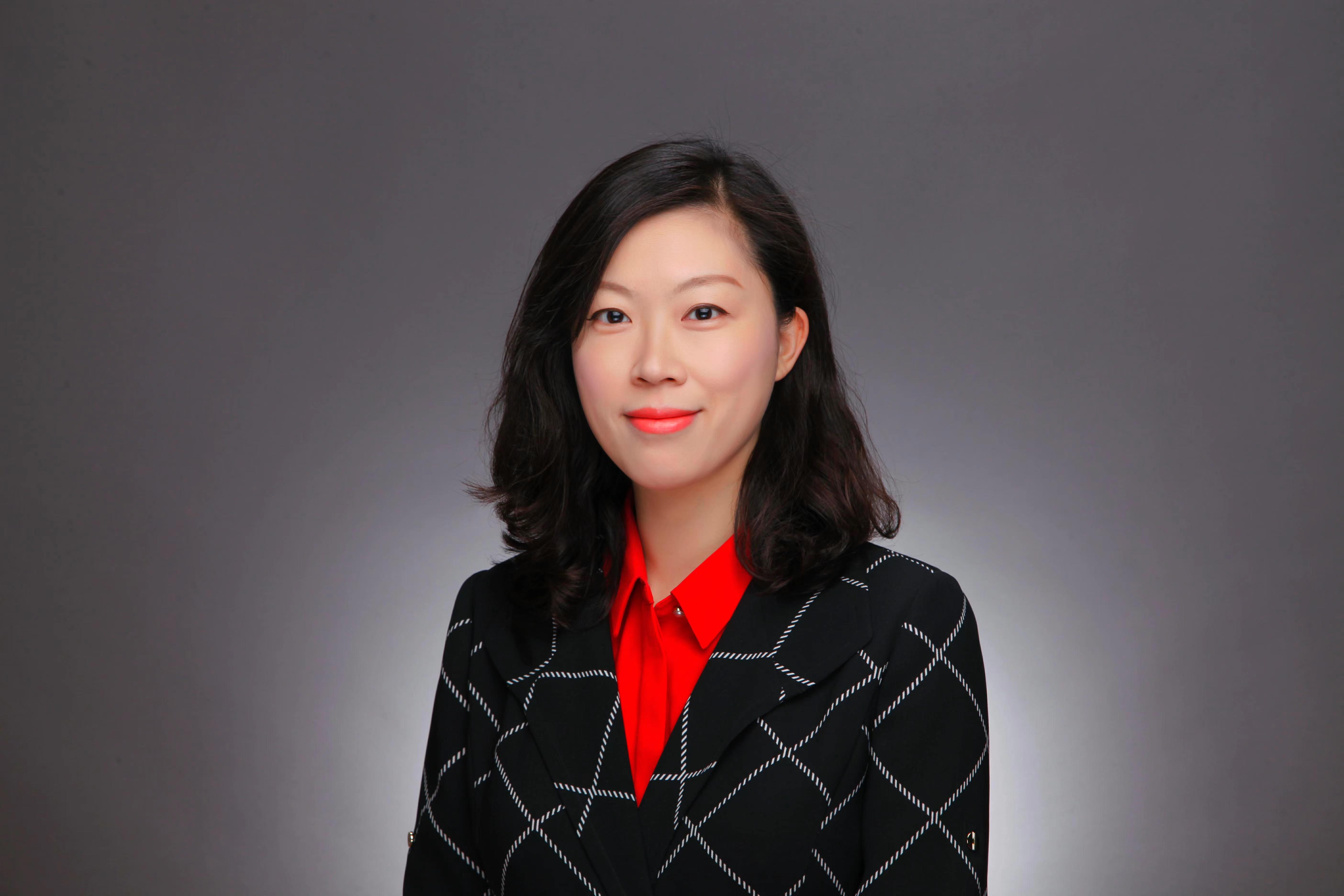EY refers to the global organization, and may refer to one or more, of the member firms of Ernst & Young Global Limited, each of which is a separate legal entity. Ernst & Young Global Limited, a UK company limited by guarantee, does not provide services to clients.
How EY can Help
-
Our Strategy Consulting teams help CEOs achieve maximum value for stakeholders by designing strategies that improve profitability and long-term value.
Read more -
EY-Parthenon's Digital Strategy Consulting teams design and deliver digital business strategy to help accelerate business transformation and fuels growth.
Read more
Equipment integration
We witnessed that among top Chinese lithium-ion battery equipment manufacturers, R&D investment in equipment integration is universally considerable. It is an inevitable trend to deploy highly automatic and stable lithium-ion battery production equipment. The reasons are as follows:
1. Simplification of equipment
Regarding the EV battery manufacturing, the yield is supposed to be difficult to control if single equipment gets involved in too many production processes, which would therefore lead to the reduction of material utilization and first pass yield. Thus the simplification of equipment is an inevitable trend.
2. Production equipment
The current power battery production shows poor front-end process consistency and tremendous gap between production equipment, plus weak cross-industry and intra-industry cooperation, which expedite equipment suppliers to provide a systematically integrated solution.
3. Equipment integration
Compared with the traditional individual equipment, the escalation of the front-end process equipment integration would play an essential role in the production pass rate, cost, quality and also space rate, data closed-loop, etc.
Laser technology
The application of laser technology in the process of lithium-ion battery manufacturing also brings drastic changes to the production process of lithium-ion batteries.
Laser cutting process is mainly adopted into cutting and forming the battery lug and cutting the pole slice and separator. The laser welding is largely applied onto the moulding of prismatic lithium-ion batteries in automotive aluminum-shell lithium-ion battery industry. There are basically two kinds of welding methods: butt welding and stitch welding. Laser equipment is mainly used in the front-end production, middle-end welding and the back-end module packing.
Meanwhile, the advantages of laser cutting compared with the traditional process are generally reflected in three aspects:
- High-speed on cutting and forming the battery lug with no consumables and stable cutting quality; high design flexibility, suitable for different types and specifications of batteries.
- High efficiency on pole pieces cutting with great process stability.
- High performance in cutting the separator since it’s composed of organic compounds which perfectly suit the process of laser cutting.
Based on this background, the penetration progress of pole piece laser cutting technique is continuously accelerated. The cutting volume of batter lug and pole piece is expected to increase with the diffusion of laser stacking technique, and the application of laser in lithium-ion battery manufacturing would be further enhanced.
The future application fields of laser technology are mainly 3D galvanometer flight welding, side welding of cap and cleaning of thinning zone of cathode.
Overall, the current trend of pole piece cutting technology is increasingly higher cutting speed and higher quality requirements. In addition, the requirements for cutting process on anode coating material composition and density changes, non-metallic material sandwich structure and other new design are escalating as well. The continuous improvement of EV battery performance forces the upgrade of intelligent manufacturing of lithium-ion battery equipment, which generates more strict requirements on photoelectric conversion efficiency and energy saving capacity for laser equipment.




